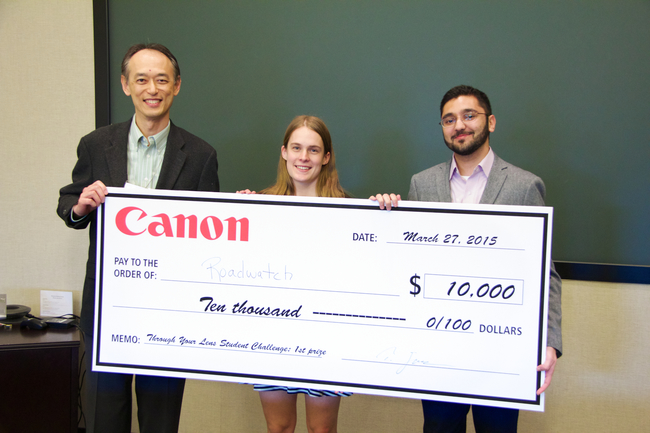Renovating osamasidat.com, Part 2: Moving to GitHub Pages
This is the second part of a (hopefully) multi-part series of posts in which I outline my thought process as I renovate my personal website.
In Part 1, I updated my personal webpage to use the static site generator Wintersmith. Next - I will do something that I’ve been waiting to do for a long time - move the site from its Netfirms host, and serve it up via GitHub Pages.
Creating and pushing source code to the oosidat.github.io repository
Following instructions on the GitHub Pages site for “User or organization site”, I created a new repository, “oosidat.github.io”:

GitHub Pages will automatically serve up any content pushed to the master branch of this repository at oosidat.github.io
Next, from inside the personal-page directory on my local machine, I will change the remote repo’s URL.
Before:
personal-page $ git remote -v
origin https://github.com/oosidat/personal-page.git